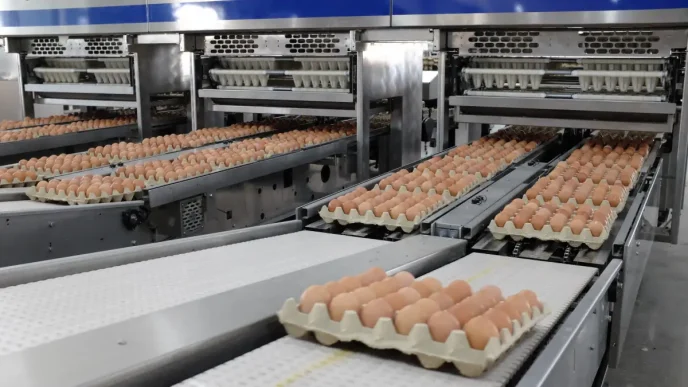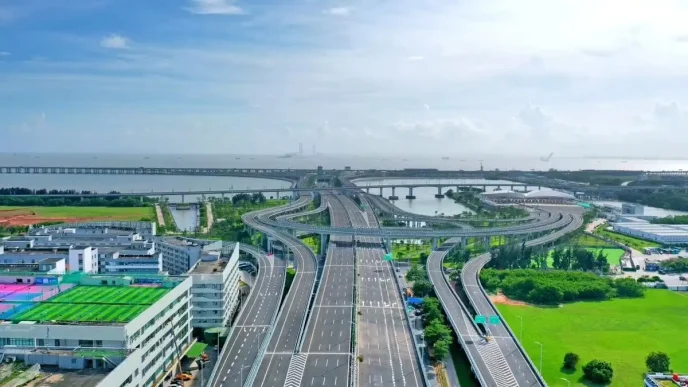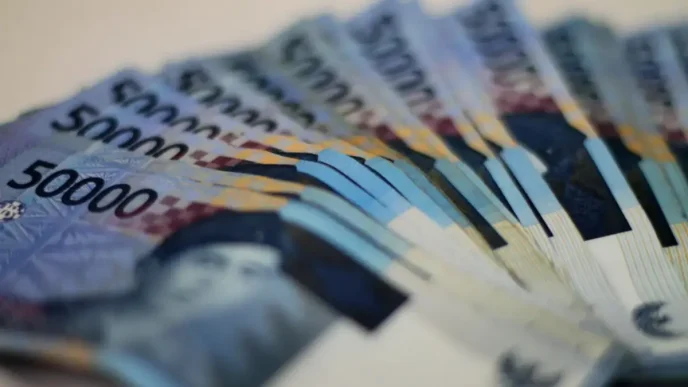Indonesia’s retail sector is showing tentative signs of recovery after a prolonged period of sluggish performance, with preliminary data indicating a notable uptick in sales for July 2025. This resurgence, driven by key categories such as spare parts, accessories, and food products, comes alongside broader economic growth, as the country’s gross domestic product (GDP) surpassed expectations in the second quarter. Yet, challenges remain, with consumer confidence showing only marginal improvement and certain sectors continuing to drag on overall retail performance.
A Retail Rebound After Months of Stagnation
According to preliminary figures released by Bank Indonesia (BI) on August 10, 2025, the retail sales index (RSI) for July is projected to reach 222.5, reflecting a robust 4.8 percent year-on-year increase compared to 212.4 in March of the previous year. This growth marks a significant departure from the weak performance seen over the past nine months, where annual RSI growth rarely exceeded 2 percent outside of seasonal spikes during Idul Fitri celebrations. BI’s spokesperson, Ramdan Denny Prakoso, noted that the annual growth was primarily driven by sales in spare parts and accessories, as well as food, beverages, and tobacco.
Despite the encouraging yearly figures, the month-on-month data paints a less rosy picture. July’s projected RSI declined by 4 percent from June, a drop BI attributes to the conclusion of holiday periods and collective leave associated with religious festivities. These periods often see retailers offering mid-season sales to boost consumption, a trend that typically wanes as the calendar moves into quieter months. Historically, the retail sector has struggled during non-festive periods, with the weakest growth in the recent nine-month stretch recorded in April 2025, when the index contracted by 0.3 percent. However, even this figure represents an improvement over the 2.7 percent contraction seen in April of the previous year.
Certain categories have consistently underperformed, weighing on overall growth. Sales of information and communication devices, for instance, have seen double-digit contractions since March, with a particularly steep decline of 17.1 percent in July. This persistent weakness highlights the uneven nature of the retail recovery, as consumers appear hesitant to invest in high-cost, non-essential items amid lingering economic uncertainties.
In contrast, other sectors have shown remarkable resilience. Vehicle fuel sales recorded a striking 13 percent year-on-year increase in July, followed by spare parts and accessories at 7.5 percent, and food, beverages, and tobacco at 6 percent. Even the culture and recreation category, often considered discretionary, posted a modest growth of 1.4 percent. These figures suggest that while consumer behavior remains cautious in some areas, spending on necessities and mobility-related goods is driving the retail sector forward.
Broader Economic Context: GDP Growth and Consumer Stimulus
The retail sector’s tentative recovery aligns with broader positive developments in Indonesia’s economy. On August 5, 2025, Statistics Indonesia (BPS) announced that GDP grew by 5.12 percent year-on-year in the second quarter, surpassing the market consensus of 4.8 percent. Household spending, which constitutes the largest component of GDP, rose by 4.97 percent in the same period, a slight increase from the 4.95 percent recorded in the first quarter. This uptick was partly fueled by a consumer stimulus package introduced in the second quarter, which included discounted transportation fees during the school holiday period to encourage spending.
The stimulus package reflects the government’s ongoing efforts to bolster economic activity through targeted interventions. By reducing costs associated with travel and mobility, the initiative appears to have had a direct impact on sectors such as vehicle fuel and spare parts, which have emerged as key drivers of retail sales growth. However, the marginal increase in household spending suggests that while such measures are effective, they may not be sufficient to address deeper structural challenges facing consumer confidence and discretionary expenditure.
Consumer Sentiment: Cautious Optimism
Consumer sentiment, a critical indicator of future retail performance, offers a mixed outlook. A separate survey by Bank Indonesia, released on August 9, 2025, showed the consumer confidence index (CCI) edging up to 118.1 points in July from 117.8 in June. This slight improvement was largely driven by better expectations for the future, with the consumer expectations subindex—a measure of perceptions about the economy over the next six months—rising to 129.6 points from 128.9. Among the subindex’s components, income expectations showed the most significant gain, while job availability expectations saw a modest increase. However, expectations for business activity declined sharply, signaling lingering concerns about the broader economic environment.
Retail survey respondents echoed this cautious optimism, anticipating a decline in inflationary pressures in September and October before an expected rise in November and December due to Christmas and New Year festivities. While they were less sanguine about sales in the immediate three months following July, they foresaw a steady rebound culminating in a peak during the December holiday season. This cyclical pattern underscores the retail sector’s reliance on festive periods to drive consumption, a trend that has long characterized Indonesia’s consumer market.
Challenges and Opportunities Ahead
While the July retail data and second-quarter GDP figures offer reasons for optimism, significant challenges loom on the horizon. The persistent weakness in sales of information and communication devices suggests that consumers remain wary of big-ticket purchases, potentially reflecting broader concerns about income stability and economic uncertainty. This trend could hinder a more robust recovery in the retail sector, particularly as discretionary spending often serves as a bellwether for overall consumer confidence.
Moreover, the month-on-month decline in the RSI highlights the fragility of the current uptick. Without sustained government intervention or improvements in underlying economic conditions, the retail sector risks slipping back into stagnation. The government’s consumer stimulus package, while effective in the short term, may need to be complemented by longer-term measures to address structural issues such as income inequality and job creation. These factors are critical to ensuring that household spending, the backbone of Indonesia’s GDP, continues to grow at a pace that supports broader economic expansion.
On the opportunity side, the strong performance of vehicle fuel and spare parts sales points to a growing demand for mobility-related goods, likely driven by a combination of economic reopening and pent-up consumer needs. This trend could present an opening for retailers and policymakers to focus on sectors tied to transportation and infrastructure development, which have shown resilience even in challenging economic climates. Similarly, the consistent growth in food, beverages, and tobacco sales underscores the importance of essential goods as a stable foundation for retail recovery.
Regional and Global Implications
Indonesia’s retail recovery and GDP growth carry implications beyond its borders, particularly within the Southeast Asian region. As one of the largest economies in ASEAN, Indonesia’s economic performance often serves as a barometer for regional trends. The 5.12 percent GDP growth in the second quarter, bolstered by household spending, signals potential spillover effects for neighboring countries through trade and investment channels. However, the uneven nature of retail growth—marked by stark contrasts between thriving and struggling sectors—mirrors challenges faced by other regional economies grappling with post-pandemic recovery and inflationary pressures.
Globally, Indonesia’s performance adds to the narrative of emerging markets navigating a complex economic landscape. With major economies facing risks of recession or stagflation, Indonesia’s ability to sustain growth through domestic consumption could position it as a relative bright spot. Yet, this potential hinges on the government’s capacity to maintain momentum through targeted policies and structural reforms, particularly in areas affecting consumer confidence and retail activity.
As Indonesia moves into the latter half of 2025, the interplay between retail sales, consumer sentiment, and broader economic indicators will be crucial in shaping the country’s trajectory. While the July data offers a glimpse of recovery, the path ahead remains uncertain, with both domestic and global headwinds posing risks to sustained growth. How policymakers and retailers adapt to these challenges will determine whether this uptick marks the beginning of a lasting revival or a fleeting reprieve in an otherwise turbulent economic climate.















